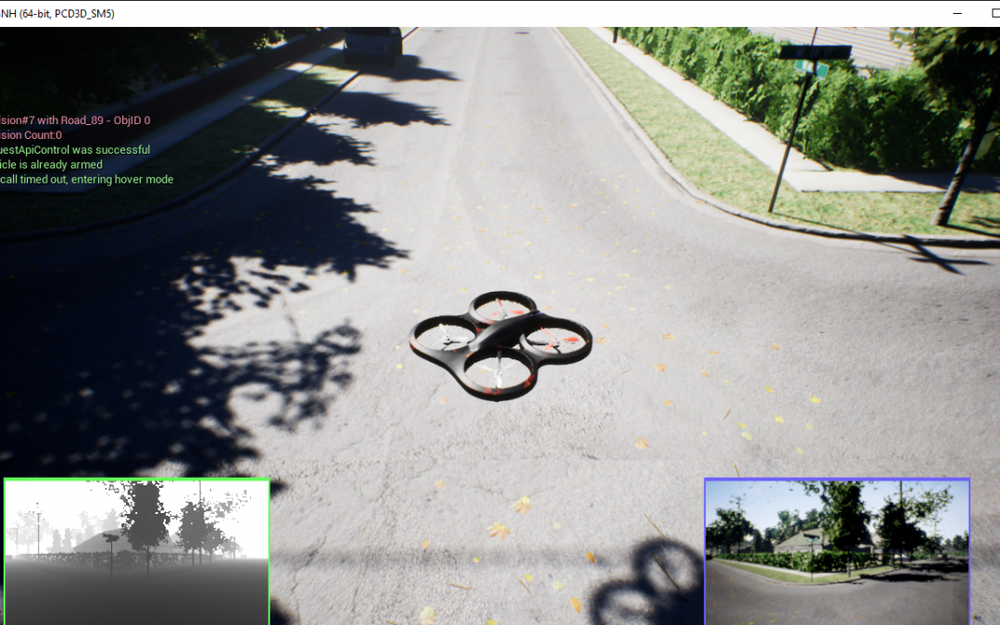News
Advances in Artificial Intelligence: Deep Reinforcement Learning
August 29, 2019

A technological revolution has reinvigorated the field of artificial intelligence: Deep Neural Networks (DNNs) are being successfully deployed in real-life applications as varied as image recognition and language translation. One of the more interesting recent results involves incorporating a DNN into classic Reinforcement Learning and forming Deep Reinforcement Learning. These new systems have trained themselves to play complex games such as chess and Go at a superhuman level (i.e. they are better than any human player).
Juan Carcamo, a recent graduate of the Computer Information Systems Masters program at GVSU, came up with the idea of using Deep Reinforcement Learning to train drones (unmanned aerial vehicles) to perform search and rescue missions. Using Microsoft’s AirSim simulator, which incorporates real-world physics, Carcamo developed a program that demonstrated the ability to learn to fly, navigate, avoid obstacles, and locate a designated object in a simulated environment.
A paper summarizing the preliminary results of the project was published in the proceedings of the IEEE National Aerospace & Electronics Conference (NAECON) last July. Juan’s thesis document is available through GVSU’s Scholarworks website. His thesis advisor was Professor Greg Wolffe.
Upon graduation, Carcamo served as a Visiting Professor in the GVSU School of Computing. He is currently pursuing a Ph.D. in Computer Science at Universidad EAFIT in Medellín, Colombia, possibly continuing his work in Deep Reinforcement Learning.
Students interested in learning more about Deep Neural Networks and their applications are advised to consider taking the undergraduate Artificial Intelligence course (CIS 365) or the graduate course in Machine Learning (CIS 678).
